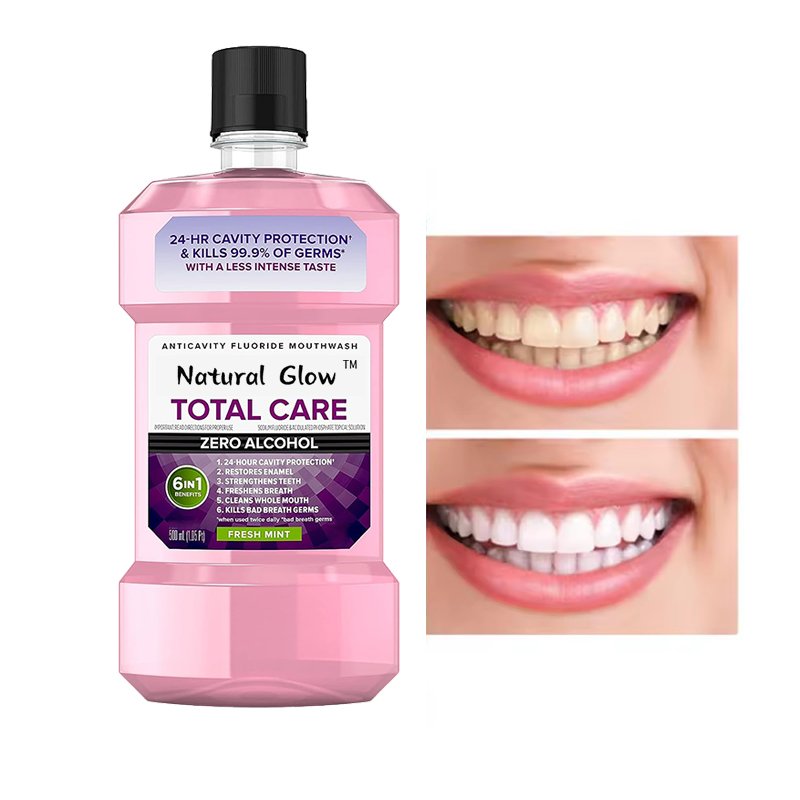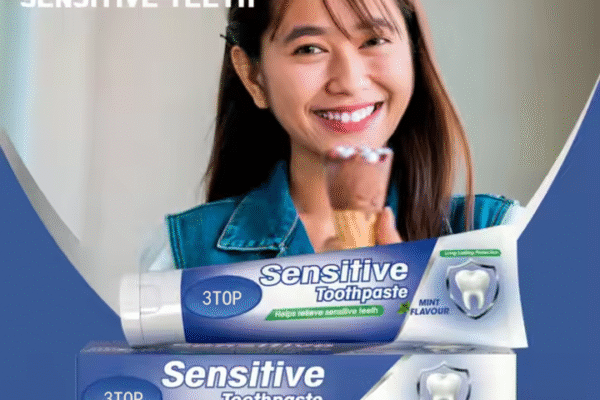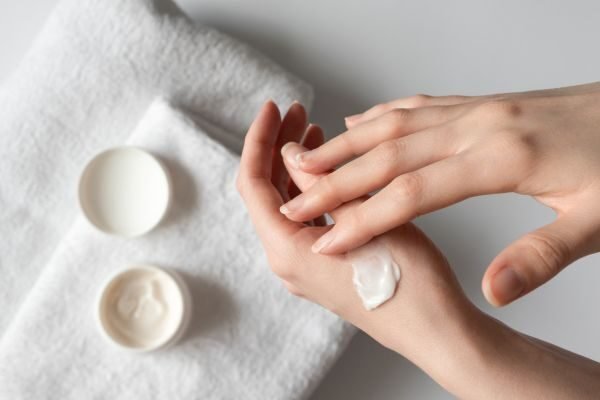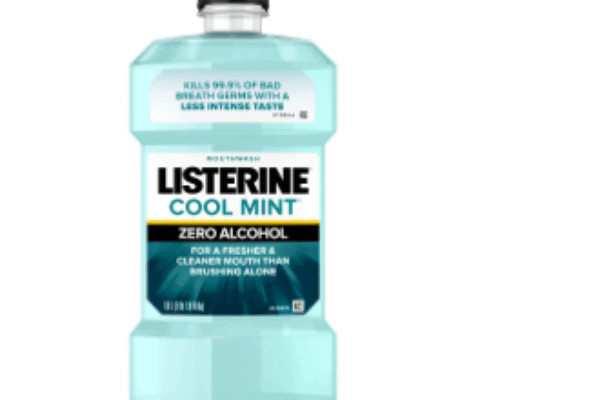Walk down the oral care aisle, and you’ll find a sea of options promising a healthier mouth. Among them, fluoride mouthwash stands out, but it also raises questions. Is it a necessary addition to your routine, or just a minty-fresh redundancy? The truth is, not all fluoride rinses are created equal. Understanding the science behind how they work is the first step to cutting through the marketing noise and identifying which bottle—if any—belongs in your cabinet. This guide digs into the evidence to help you make that choice with confidence.
The Remarkable Science of Fluoride: More Than Just Surface Protection
Fluoride’s interaction with tooth enamel represents one of the most studied and validated processes in preventive dentistry. When we examine what makes an effective fluoride mouthwash, we need to start with the fundamental science. Fluoride doesn’t simply coat teeth—it participates in a dynamic biochemical process called remineralization.
Our teeth constantly undergo two opposing processes: demineralization, where acids from plaque bacteria and foods dissolve tooth mineral, and remineralization, where minerals from saliva repair these early lesions. Fluoride dramatically enhances remineralization by forming a stronger mineral crystal called fluorapatite. This restructured enamel becomes significantly more resistant to future acid attacks, effectively breaking the cycle of tooth decay.
The concentration of fluoride in mouthwash formulations directly influences this remineralization potential. While standard consumer products typically contain 225-250 parts per million (ppm) of fluoride, some specialized formulations reach up to 900 ppm. Research indicates that higher concentrations within safe limits can provide substantially greater protection for those at elevated risk of cavities.

Navigating the Fluoride Mouthwash Landscape: Key Selection Criteria
Understanding Fluoride Types and Formulations
Different fluoride compounds offer varied benefits in mouthwash formulas. Sodium fluoride is the most common and thoroughly researched option. Stannous fluoride provides both cavity protection and antibacterial action, though potential staining may occur. Amine fluoride, preferred in European markets, bonds effectively with enamel.
The alcohol content debate continues: while alcohol effectively carries active ingredients, it can cause dryness. Alcohol-free versions prevent this discomfort, making them preferable for children and those with sensitivity or dry mouth.
Beyond Fluoride: Additional Beneficial Ingredients
Modern fluoride mouthwash formulations often include complementary ingredients that address multiple oral health concerns:
- Antimicrobial agents like cetylpyridinium chloride or essential oils help reduce plaque bacteria and gingivitis
- Desensitizing ingredients such as potassium nitrate or arginine can benefit those with tooth sensitivity
- Whitening components like hydrogen peroxide or sodium hexametaphosphate address surface stains
- Natural extracts, including aloe vera, tea tree oil, or green tea, appeal to those preferring plant-based options
When selecting a fluoride mouthwash, consider which additional benefits align with your specific oral health needs alongside cavity prevention.
Maximizing Benefits: Proper Usage Techniques and Timing
Using fluoride mouthwash requires proper technique, not just quick rinsing. Timing is crucial—rinse separately from brushing to avoid washing away toothpaste fluoride. Ideal use occurs after lunch or between meals when acid attacks peak.
Thorough swishing for 30-60 seconds ensures coverage of all surfaces, especially between teeth and along gums. Avoiding food, drink, and water for 30 minutes after use maximizes fluoride absorption.
For children, supervised use should begin only after age six, when they can reliably swish and spit without swallowing. Parental guidance ensures appropriate amounts and proper technique for their developmental stage.
Safety Considerations and Addressing Common Concerns

The safety profile of fluoride mouthwash is well-established when used as directed. The most frequent concern involves fluorosis—a condition caused by excessive fluoride intake during tooth development that results in mild white spotting. This risk explains why fluoride mouthwash is not recommended for young children who might swallow it.
For all users, the amount used should be measured according to package directions. Using more than recommended doesn’t enhance protection and may increase the risk of mild side effects like temporary canker sores or taste alteration in susceptible individuals.
Those with specific health conditions, including thyroid disorders or kidney impairment, should consult healthcare providers before using fluoride products, though the fluoride exposure from proper mouthwash use is minimal compared to other environmental sources.
Special Considerations for Different Needs and Lifestyles
Fluoride Mouthwash for Active Lifestyles
Athletes and those with active lifestyles face unique oral health challenges. Sports drinks, energy bars, and breathing patterns during exercise can increase cavity risk. A fluoride mouthwash regimen can help counter these effects, particularly when used after exposure to sports drinks or carbohydrate-rich nutrition.
Dry Mouth and Fluoride Mouthwash
For the millions experiencing dry mouth (whether from medication, medical conditions, or other causes), fluoride mouthwash offers particular benefits. Saliva provides natural protection against decay, and when it’s diminished, fluoride becomes increasingly important. Those with dry mouth may benefit from using fluoride mouthwash multiple times daily, especially after eating.
Orthodontic Care and Fluoride Protection
Braces and other orthodontic appliances create numerous hiding spots for plaque bacteria. Fluoride mouthwash can reach areas that brushing might miss, helping to prevent white spot lesions—the early decay that can form around brackets. Orthodontic patients should consider using a fluoride mouthwash as part of their daily cleaning routine throughout treatment.
Integrating Fluoride Mouthwash into a Comprehensive Oral Health Strategy
Fluoride mouthwash serves best as a complement to brushing and flossing, not a replacement. Strategic timing enhances its effectiveness: using it after lunch protects when brushing isn’t possible, while bedtime use extends fluoride action during saliva-reduced overnight hours.
Regular dental visits remain crucial, as professional cleanings remove hardened plaque that mouthwash cannot address and allow for early detection of potential issues.
Conclusion
Ultimately, the best fluoride mouthwash is the one that addresses your specific dental needs and becomes a consistent part of your routine. It’s a supportive tool, not a standalone solution. By focusing on your personal requirements and the proven science, you can move past the overwhelming choices and select a formula that delivers tangible, long-term benefits for your oral health.
Know more details about fluoride mouthwash: Fluoride Mouthwash: Uses, Benefits, Side Effects






